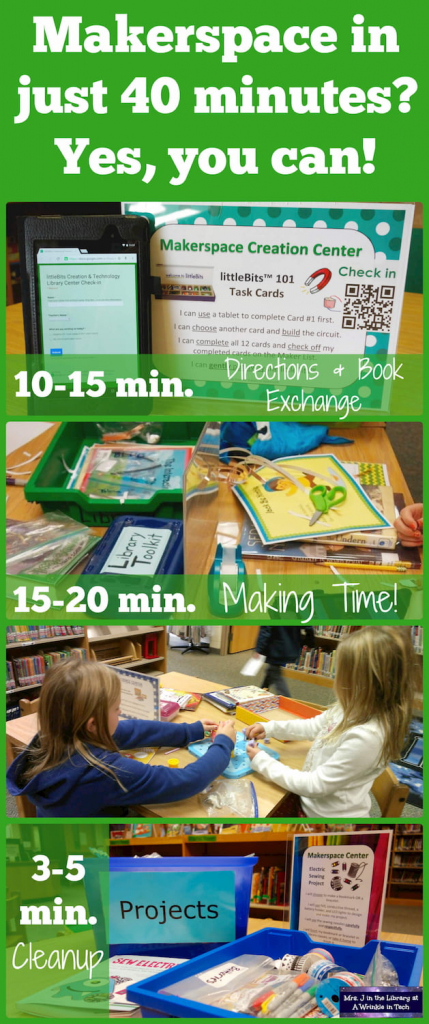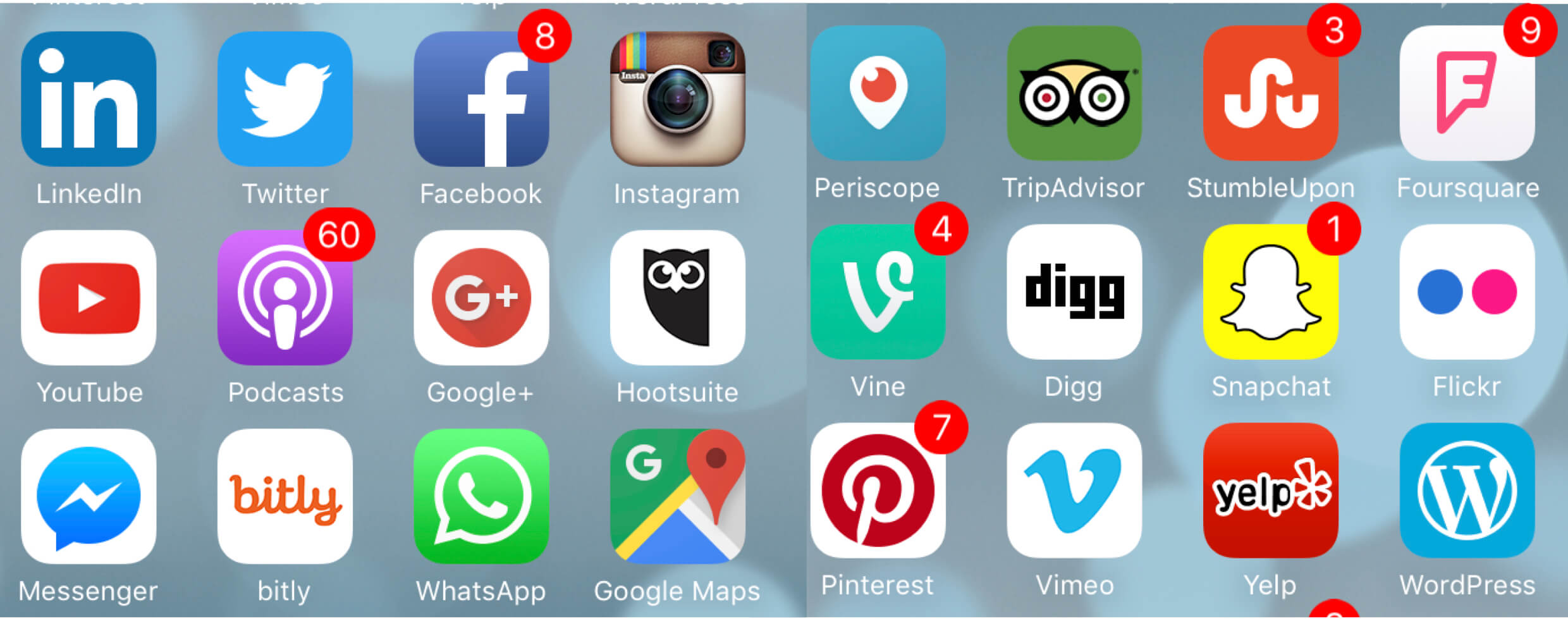This week's readings and lectures were particularly interesting to me. I am a first year school librarian who walked into a bit of a mess of things to clean up. For the majority of the summer, I spent time cleaning things out and had little time to prep for how I wanted things to run in my library. As the weeks have progressed and some structure has been obtained, I have really been wanting to develop makerspaces for my students. In fact, I found some tanagram shapes and puzzles that were not being used in our school's science lab and took those to use as a "center". I also am using magnets and white boards for a spelling game. These, of course, are just starting points for where I'd like to be. One of my biggest concerns in starting up my makerspaces is figuring out how to run things time wise.
I have my students for 45 minutes. By the time they get in there and we get started, it's really more like 40 minutes. I came upon this blog post that felt like it was something that I could really relate to. In the post, "Mrs. J" gives a breakdown of how she checks books out and run makerspaces in 40 minute periods. She also includes links for suggestions of some great makerspace center tools. The thing that stuck out to me most was how she talks about her centers being "research centers". Lauren Britton (2012) states, "Maker spaces promote learning through play; have the potential to demystify science, math, technology, and engineering". In essence, students are researching and the learning is put in their own hands. Using research centers as a part of makerspaces, students are able to develop the skills necessary to be successful in their education and future careers. While 40 minutes is not a long amount of time, there is plenty that can be accomplished by structuring a schedule and getting students in the swing of the schedule.






